Fall is approaching quickly, and with it comes a myriad of common pests. These insects want nothing more than to make a meal out of your favorite reading tree! In order to stop them, you’ll need information. What are the symptoms you’re seeing in your trees? How can the pests be stopped? With your arbologist’s help and knowledge of what to look for, pest infestations can be easily managed.
SYMPTOMS
In order to properly combat the pests currently making a nuisance in your trees, you must first understand that there are several common insects that could be behind this. If you’re seeing what appears to be spider webs or bags of silk, you’re dealing with one of two particular pests. If leaves are browning and becoming brittle to the touch, and you find yourself itching after reading a good book under your favorite oak tree, you’ve found yourself dealing with oak mites. Leaves can also have small yellowish bumps on them, and younger, smaller trees can lose their leaves completely- a clear sign that you’re dealing with oak worm moths. If twigs and branches are dying, however, the magnolia scale is to blame. And finally, if you’re seeing needle loss in your conifers, the spruce spider mite may be to blame.
Now that you understand some of the symptoms, it’s time to arm yourself with treatment. There are several different ways to tackle this problem and save your trees, and each pest requires a different strategy.
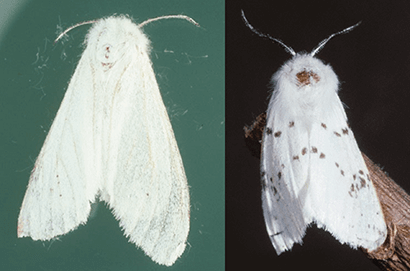 FALL WEBWORM
FALL WEBWORM
The fall webworm sounds innocuous enough, and you may mistake it for a particularly prolific web-spinner when you first spot the symptoms of infestation. The fall webworm spins a hefty netting of webs on the ends of tree branches and then feed on the leaves within the safety of the net. The webs are usually accompanied by some leaf loss in the late summer and fall, a sure sign that the webworms are hungry. The usual victims of webworm infestation are black walnut, mulberry, wild cherry, pecan, persimmon, and sweetgum trees. In order to get rid of them, you need to physically remove each web you come across in the fall, then follow up with a round of insecticide in the spring.
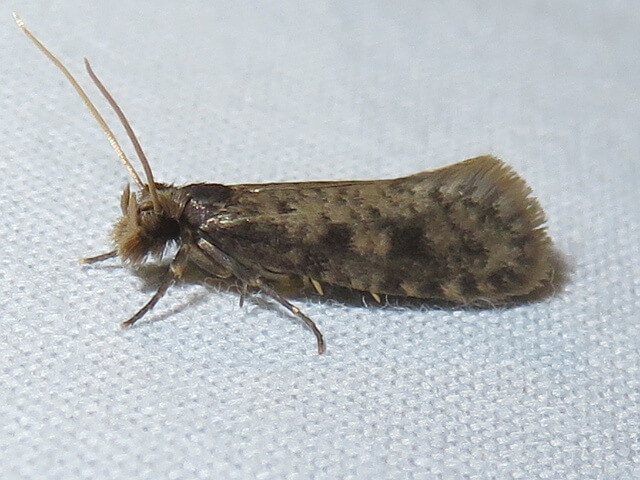 BURROWED BAGWORM
BURROWED BAGWORM
The burrowed bagworm spins webs as well, though theirs look silkier. Like their webworm cousins, the bagworm uses the webs- which look like bags of silk and debris- as protection while eating leaves and needles. Their most common victims include juniper, willow, elm, cedar, spruce, maple, birch, and poplar trees. Arborvitae, linden, and honeylocust trees can become victims as well. In order to control and get rid of a burrowed bagworm infestation, you must remove and destroy every ‘bag’ they spin. Consult your arbologist if the task is too much to handle, they might have a better solution.
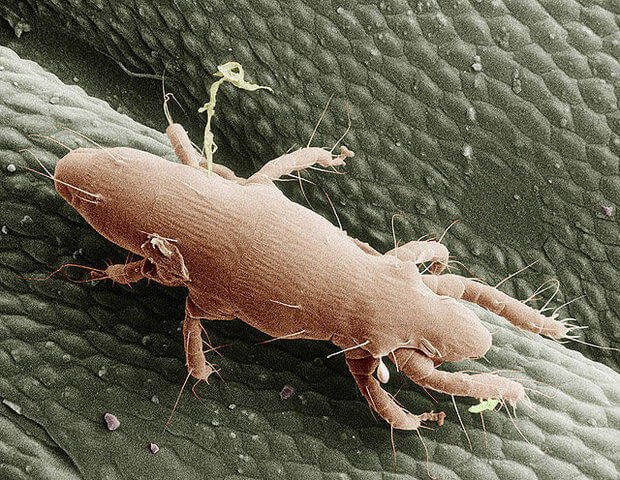 BITING OAK MITE
BITING OAK MITE
Suppose you’ve just finished reading a book under your favorite oak tree. A couple of days pass and your skin starts to itch and you notice that your favorite oak tree’s leaves are brown and brittle to the touch. The biting oak mite feeds on the larvae of other tree pests and is most common in Ohio and the Midwestern part of the country. Like the name implies, all species of oak tree are its favorite victims. To control an oak mite infestation, consult your local arbologist for treatment recommendations, and make sure you thoroughly wash yourself off after sitting under that oak tree, just in case an oak mite decided you looked tasty!
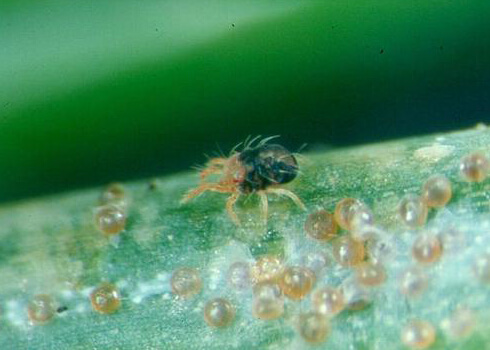 SPRUCE SPIDER MITE
SPRUCE SPIDER MITE
If your conifers are suddenly losing their needles, or you’ve discovered yellow spots on them, the spruce spider mite may be the likely culprit. They feed on tree sap, and like the webworm and bagworm, they spin small webs to protect themselves. The most commonly infect fir, hemlock, juniper, spruce, and arborvitae. In order to best control them, use a low-viscosity horticultural oil. Check with your arbologist for recommendations and make sure you perform the treatment during the fall so that you’ll be rid of mites when winter comes.
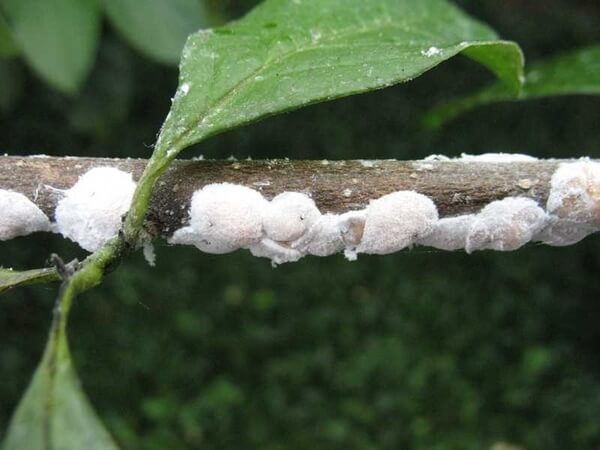 MAGNOLIA SCALE
MAGNOLIA SCALE
As its name implies, the magnolia scale is fond of magnolia trees, infesting them exclusively. They leave behind a sticky substance called honeydew on leaves and branches, and an infestation usually results in flower loss and twig or branch death. To control this pest, speak to your local arbologist for treatment recommendations, and make sure you apply that treatment before winter comes!
 OAKWORM MOTH
OAKWORM MOTH
Ever wonder what those yellow bumps on leaves are? They’re oak worm moth eggs and sure signs of infestation. They love to eat all kinds of oak leaves- hence the name, though they will also attack maple, birch, and hazel trees as well. Prune off the eggs in order to treat the infestation, though if your trees have begun losing leaves, it’s time to call for your arbologist to treat the infected tree with insecticide. The best time to prevent an outbreak is during early fall.
Remember, if you see signs of pest infestation, you can call your local arbologist to come to inspect the infected trees and recommend the best possible treatment!
